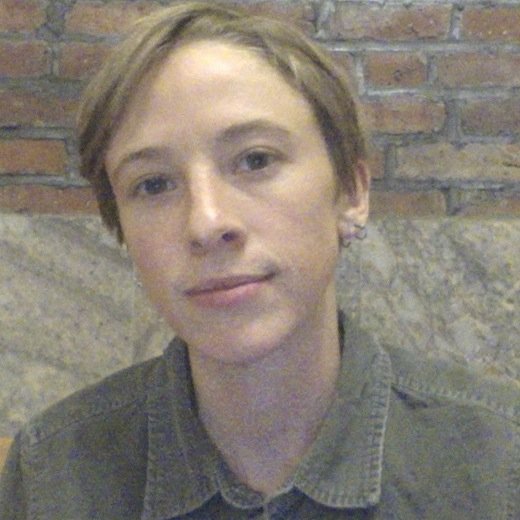Scientist Makes Pitch for Massachusetts Cold Fusion Plant
Italian scientist Andrea Rossi, who claims to have invented the world's first cold fusion machine, visited Massachusetts last week, meeting with a state senator and several scientists to explore the possibility of manufacturing cold fusion reactors in the state.
Despite heavy skepticism in the scientific community about his work, Rossi came stateside at the invitation of Massachusetts Senate minority leader Bruce Tarr, a Republican who has been active in pursuing alternative energy legislation. "My thought process was pretty simple: If it works, I want this technology to be developed and manufactured in Massachusetts," Tarr told The Boston Globe.
Rossi claims that his energy catalyzer, or "E-Cat," uses a small amount of input energy to trigger atoms of hydrogen and nickel to fuse together, giving off gobs of heat in the process. The excess heat, equivalent to more than 10 times the energy that was put in, can then be used to boil water to produce steam and ultimately generate electricity.
The process is an attractive energy solution for two reasons: Unlike in nuclear fission, cold fusion doesn't give off dangerous radiation. And unlike the fusion processes that take place in the sun, cold fusion doesn't require unachievably high temperatures.
However, in the two decades since experimentalists first claimed to have demonstrated the strange reaction, the line of research has largely been discredited. Most physicists think cold fusion is theoretically impossible, and devices that seem at first to demonstrate it generally fail to stand up to scrutiny. Today, the United States Department of Energy, academic journals and the U.S. Patent Office all consider cold fusion machines to be hoaxes.
Nonetheless, Rossi has heated up the cold fusion debate once again this year. He hasn't revealed much about the inner workings of his E-Cat machine, citing the fact that it isn't yet patent-protected, but a handful of scientists have attended demonstrations of the device in Bologna, Italy, and have given it a nod of approval, saying it produces too much excess energy to be utilizing a simple chemical reaction.
Rossi said he has sold 13 E-Cat units since a demo in October. [Italian Cold Fusion Machine Passes Another Test]
Sign up for the Live Science daily newsletter now
Get the world’s most fascinating discoveries delivered straight to your inbox.
Along with Tarr, Rossi met with representatives from the Massachusetts Institute of Technology, Northeastern University and the University of Massachusetts on his recent trip. Those in attendance said the meeting was mainly spent discussing the logistics of setting up manufacturing of household cold fusion power generators in the state, rather than the validity of the science behind cold fusion.
"Knowing the reputation of cold fusion, I went in with a very healthy level of skepticism," said Robert Tamarin, dean of sciences at University of Massachusetts, Lowell. That said, he added, "If it’s successful, no wants to have to say later that we walked away from it."
Rossi said he plans to come back to Massachusetts soon, and hopes things will move quickly. "We are all hoping to get something started in a matter of weeks, not months," he said.
Follow Natalie Wolchover on Twitter @nattyover. Follow Life's Little Mysteries on Twitter @llmysteries, then join us on Facebook.
Natalie Wolchover was a staff writer for Live Science from 2010 to 2012 and is currently a senior physics writer and editor for Quanta Magazine. She holds a bachelor's degree in physics from Tufts University and has studied physics at the University of California, Berkeley. Along with the staff of Quanta, Wolchover won the 2022 Pulitzer Prize for explanatory writing for her work on the building of the James Webb Space Telescope. Her work has also appeared in the The Best American Science and Nature Writing and The Best Writing on Mathematics, Nature, The New Yorker and Popular Science. She was the 2016 winner of the Evert Clark/Seth Payne Award, an annual prize for young science journalists, as well as the winner of the 2017 Science Communication Award for the American Institute of Physics.










